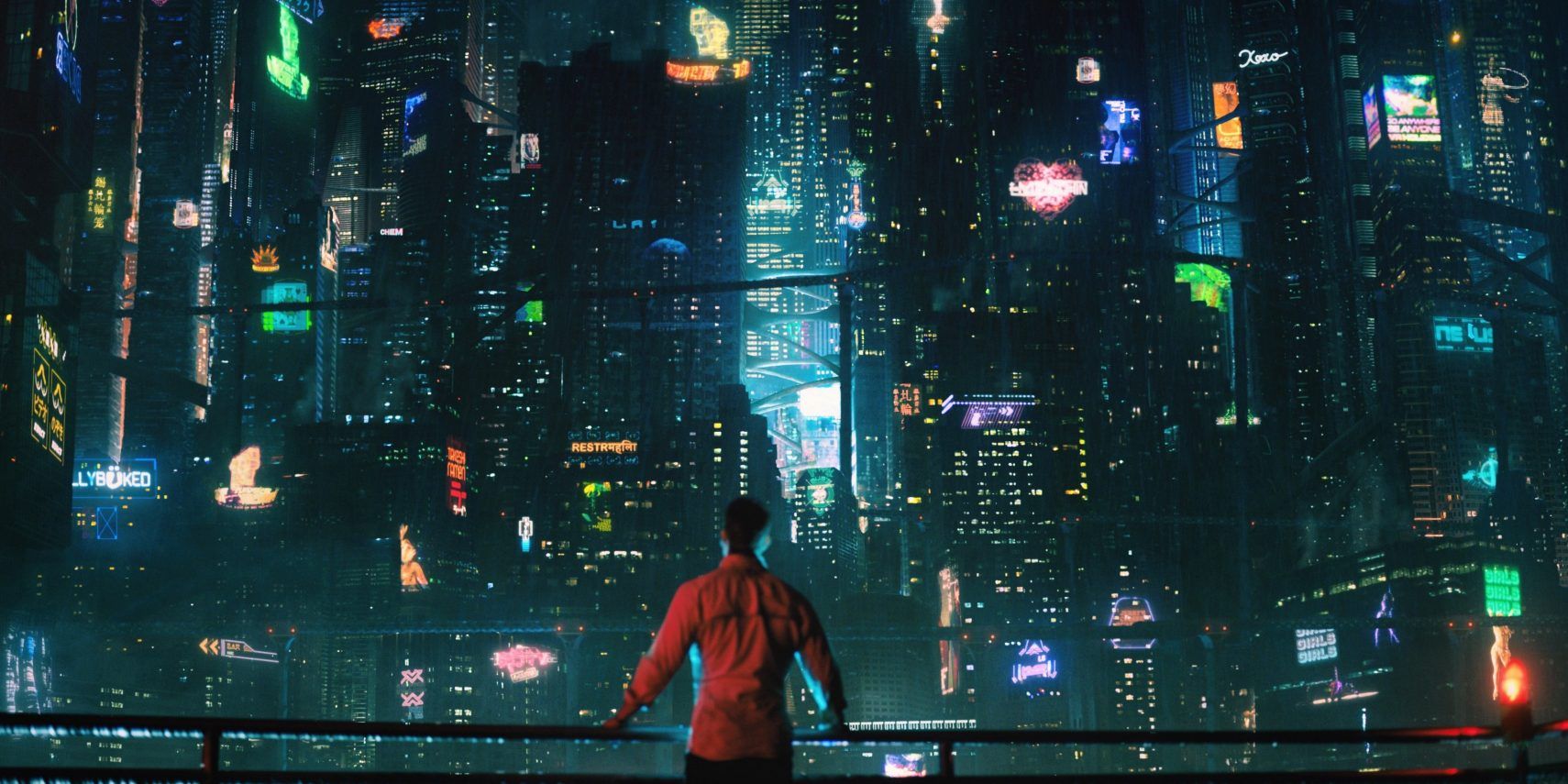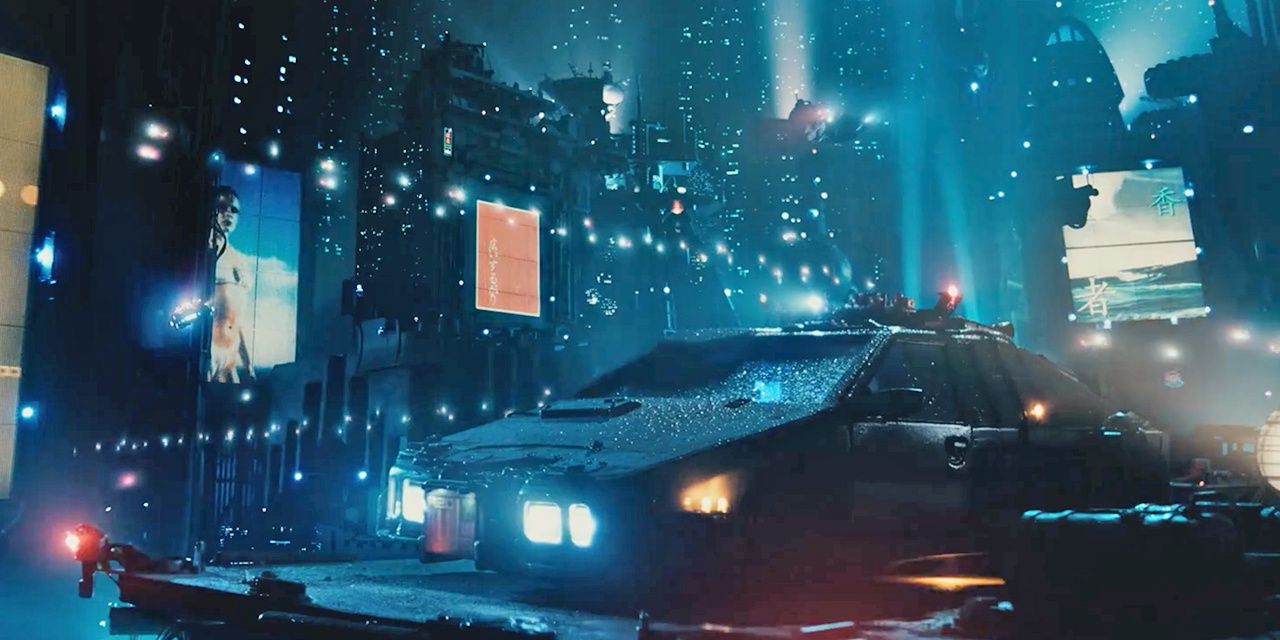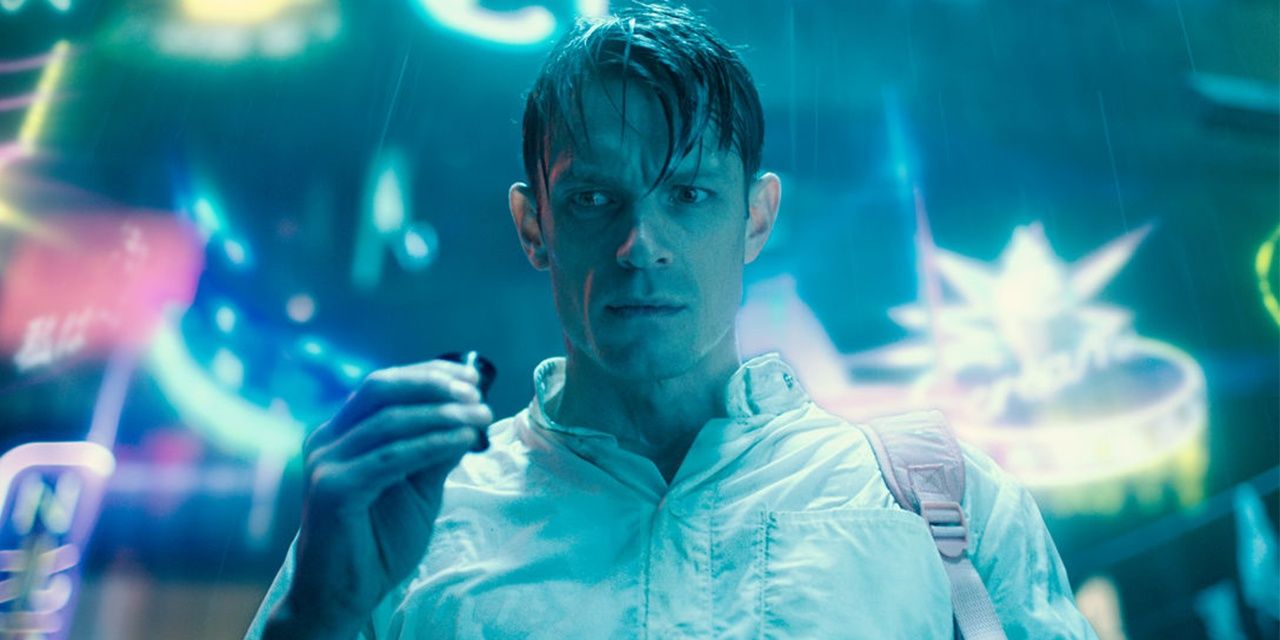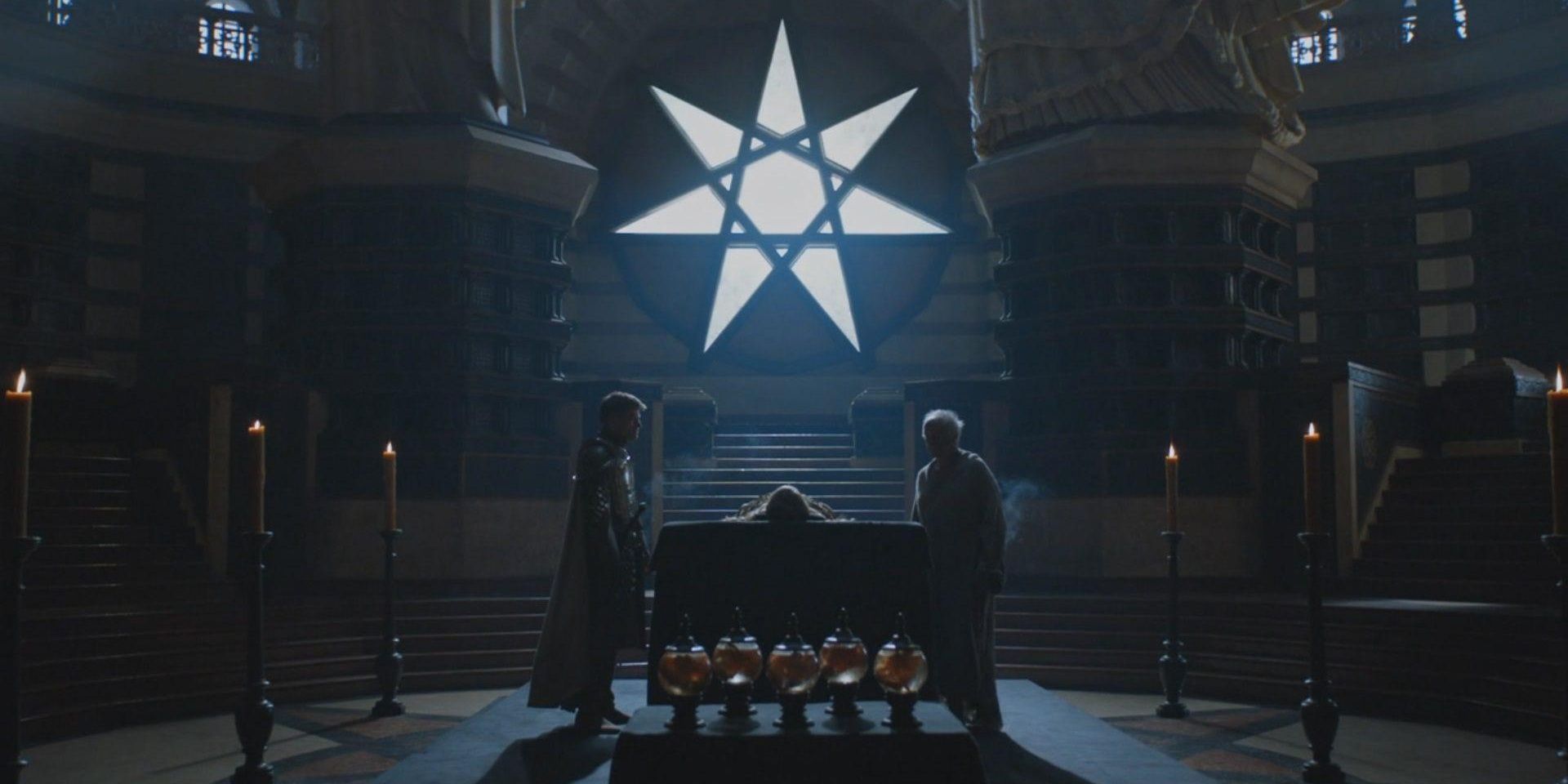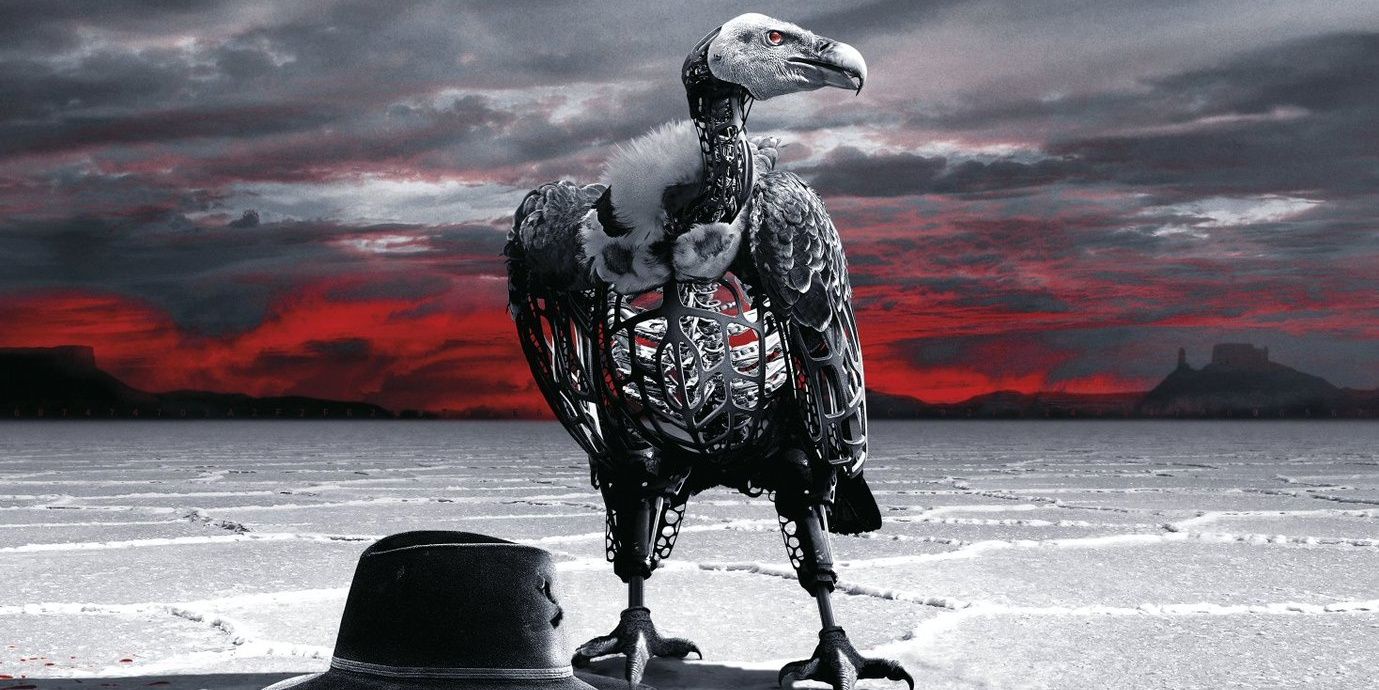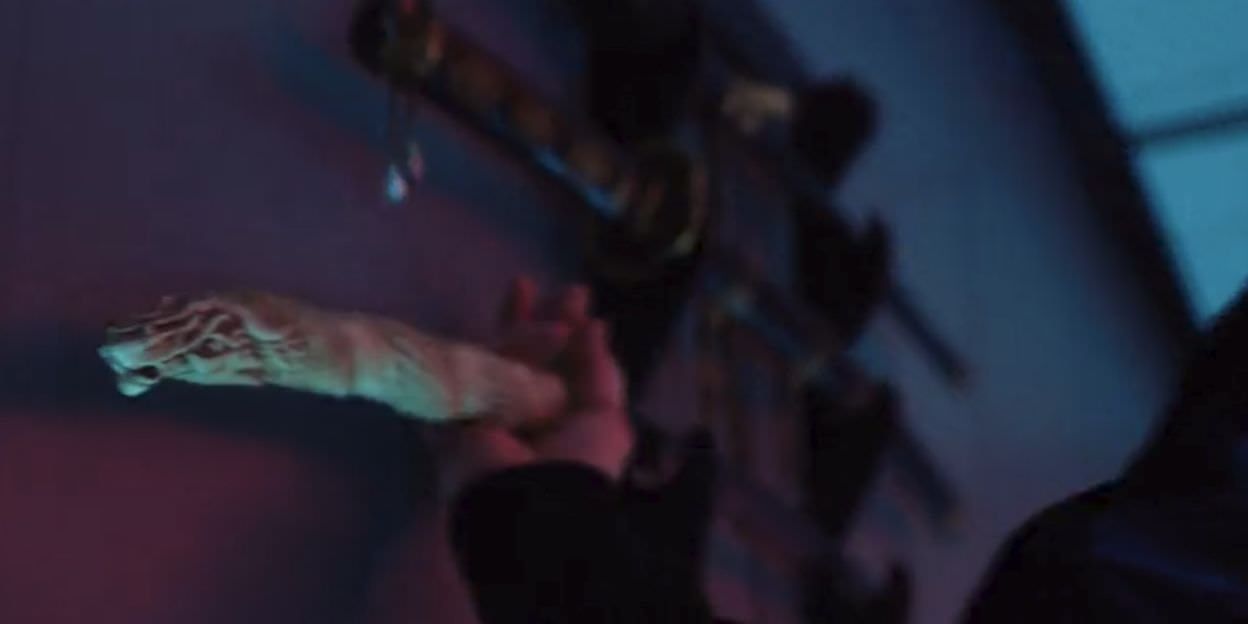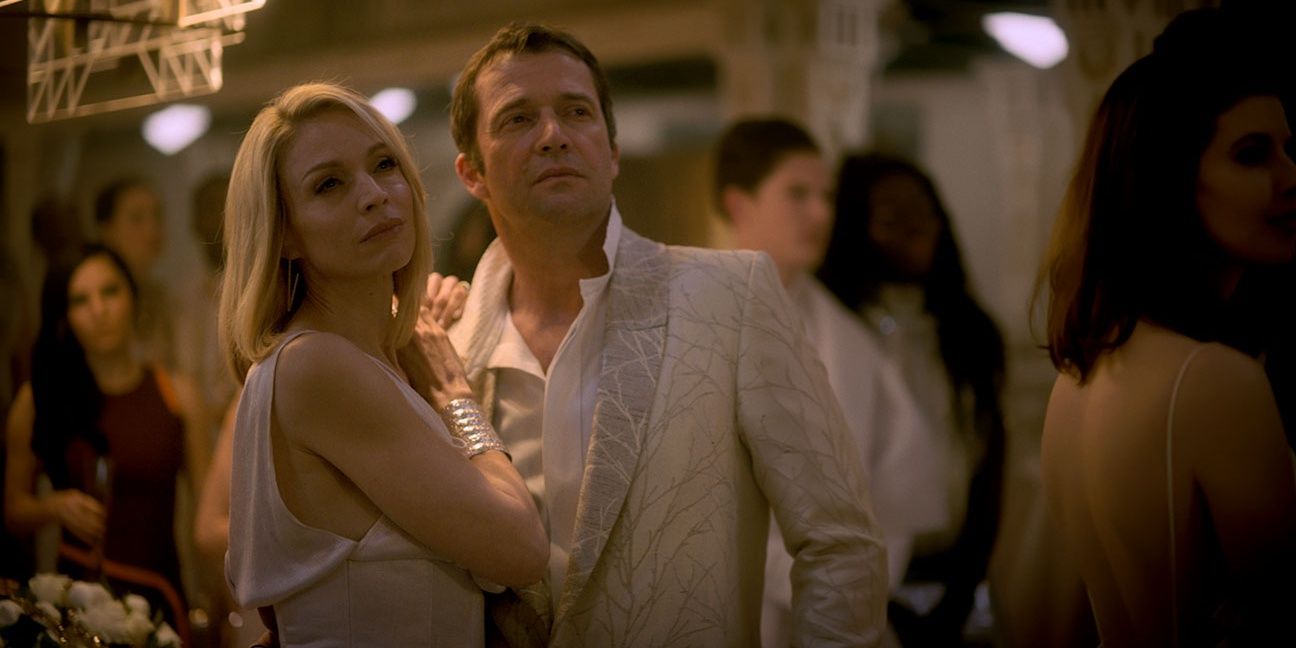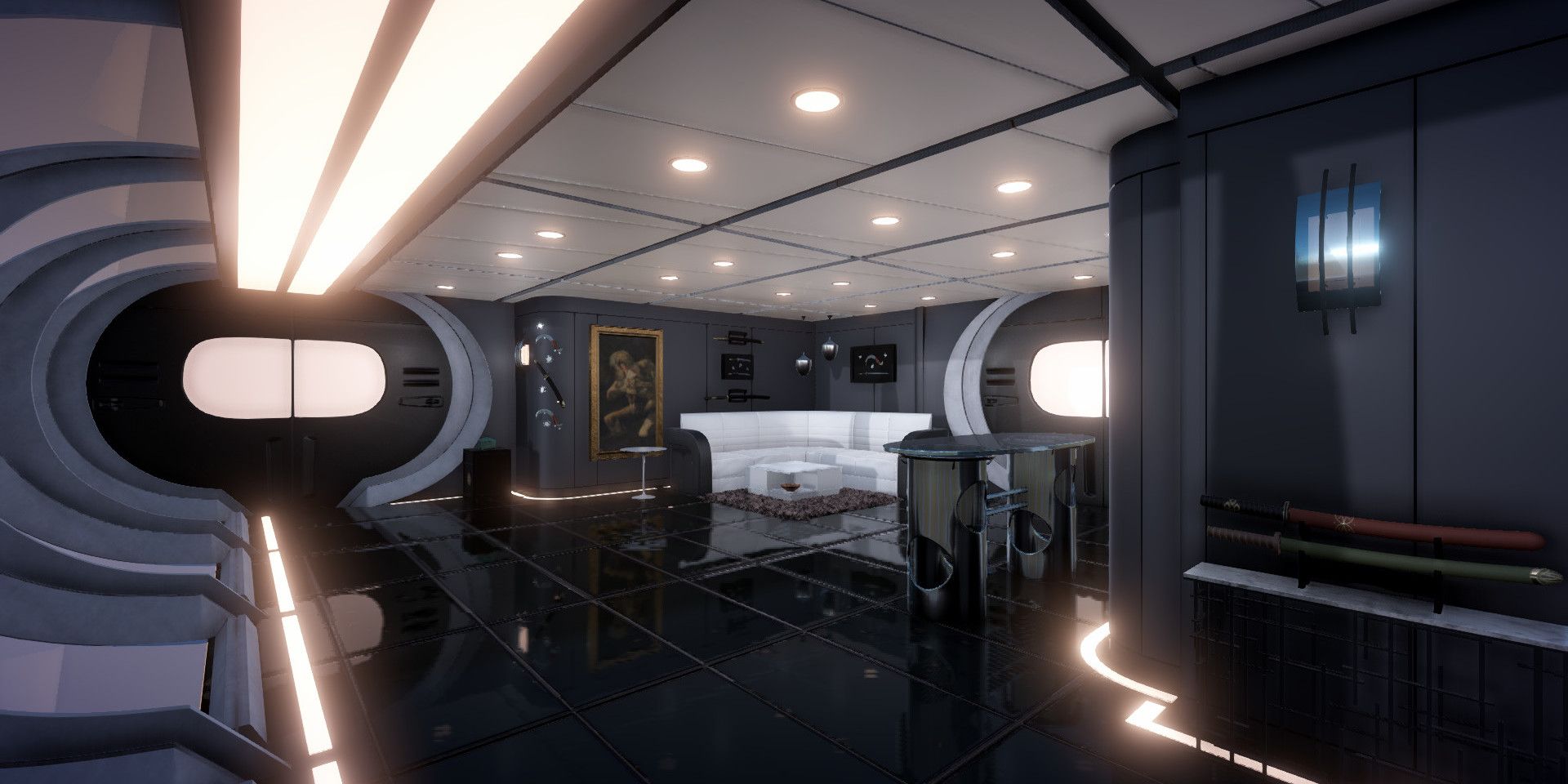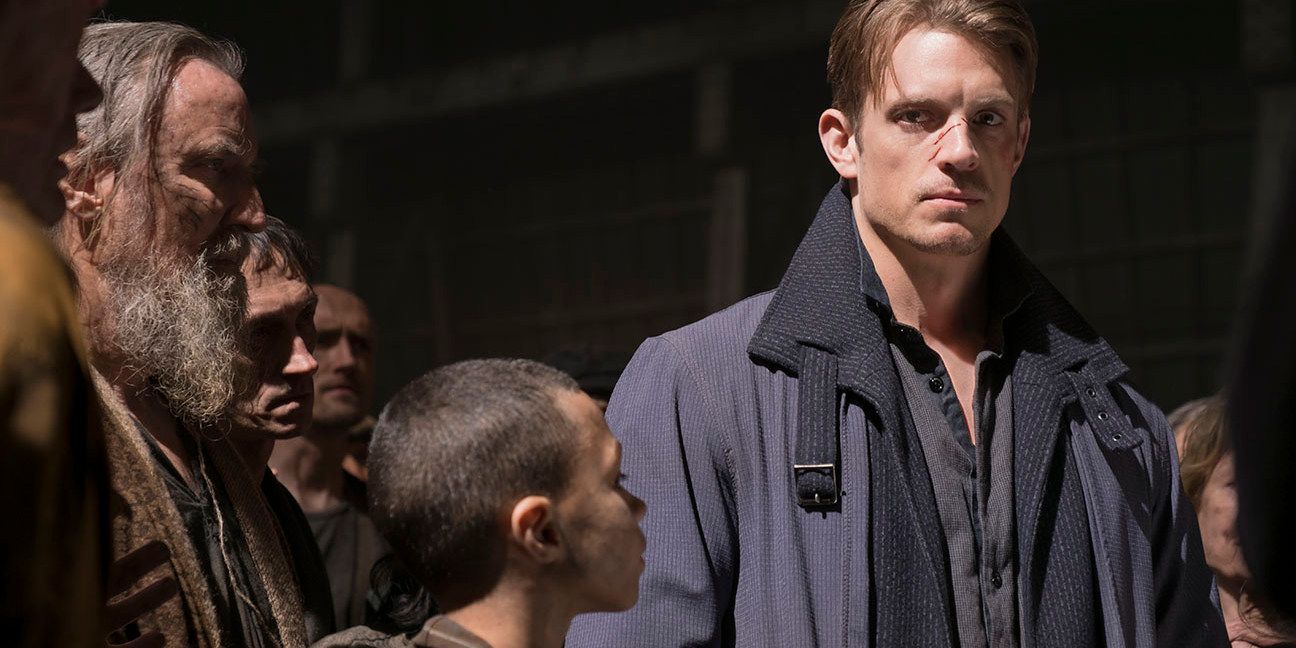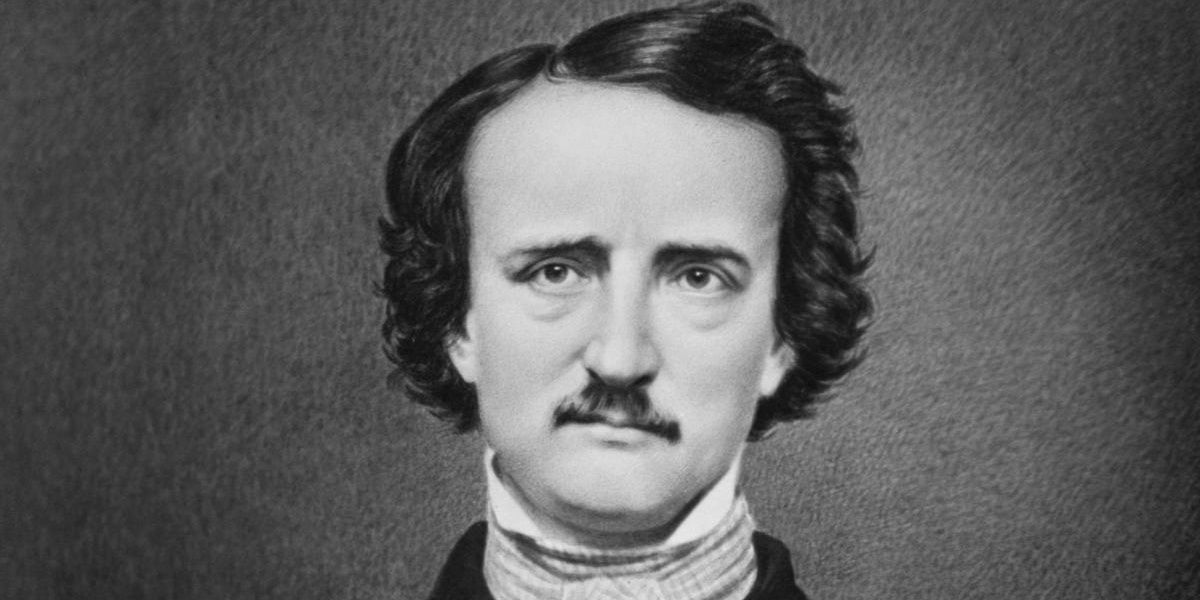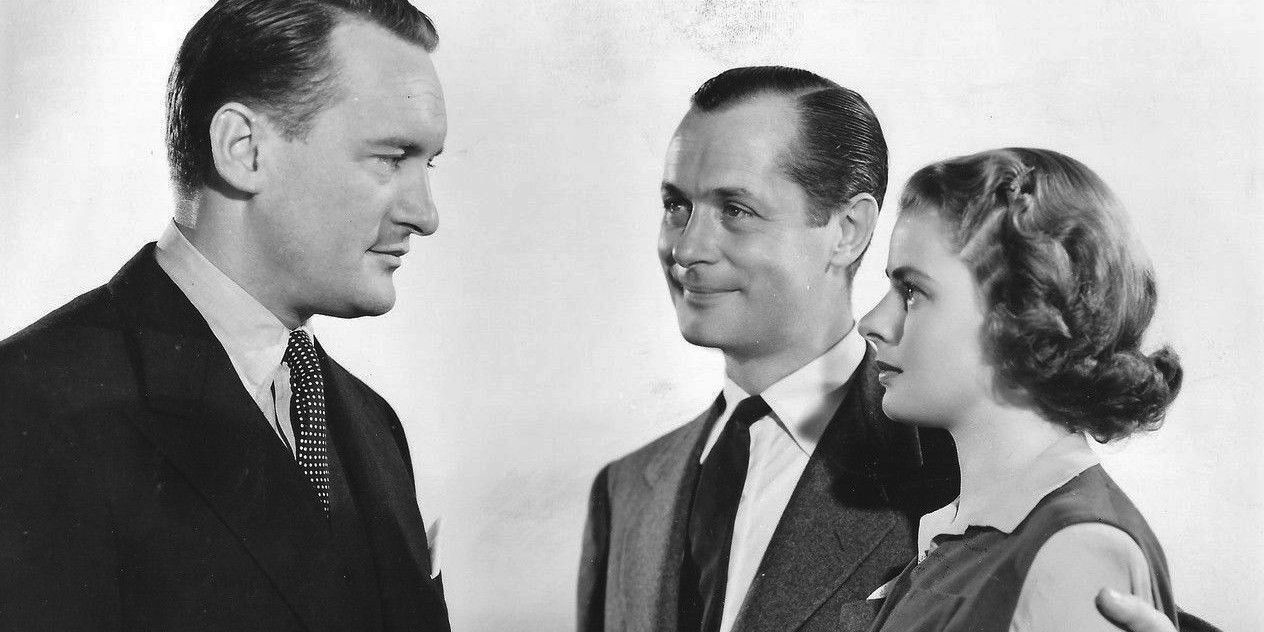There have been numerous great works in the sci-fi genre in the past decade (and in history as a whole). From sci-fi anime to post-apocalyptic movies to surreal experiences like Arrival, this genre has seen no shortage of original and creative content.
Obviously, Netflix's Altered Carbon is one of the best sci-fi series from recent years, but there is more to it than you might have expected at the start. If you didn't notice them before, here are 10 Things Even Diehard Fans Missed In Altered Carbon.
Cyberpunk Atmosphere
This is probably quite obvious because from the start of the first episode, you will be immersed in this extremely detailed sci-fi world with an unmistakable cyberpunk atmosphere. Logically, there were some works that inspired such a tone to the story.
The biggest influence came from Blade Runner and its sequel Blade Runner 2049, both of which are considered some of the best of their genre. In fact, there is a direct visual reference to those movies. You will notice some close-up shots of eyes in the show which are almost exactly the same as the shots with which the two movies start.
Cloning Technology
The concept of clones is not new, so it's only logical for a series like Altered Carbon to use it as one of the most important aspects of their worldbuilding. In the show, people can transfer their minds from one body to another and even create clones (but only if you are rich enough).
Some of the most noteworthy uses of this concept in science-fiction is in The Matrix trilogy and the Blade Runner duology. In Ghost in the Shell, people can replace their body parts with robotic ones, but the main character Major has the first fully artificial body. Altered Carbon also lets people replace body parts. The chips in this show are very similar to the ones used in The 100, and the aspect with the memories being stored on them is similar to how memories are planted into the minds of replicants in Blade Runner 2049.
The Seven-Pointed Star
You might have heard about this Easter egg one way or another, but if you hadn't, you will definitely like it. Miguel Sapochnik, who worked on Game of Thrones, also directed the first episode of Altered Carbon, so this GoT Easter egg might be real.
In one of the episodes, you might notice the Seven-Pointed Star in the windows. This symbol is used in Game of Thrones as the sacred symbol of the Faith of the Seven, the most common religion in the fictional continent Westeros.
Westworld Tune
It's not very common for movies or TV shows to take tunes from other recent movies and TV shows, but it does happen. You might notice that a tune in the hotel scene in the third episode sounds very similar to a piece from another popular sci-fi series Westworld.
This could potentially be a nice nod from one futuristic series to another. By the way, the tune in question is called "Reverie." In any case, this might be a coincidence, but there are definitely some similarities between the two melodies.
Highlander Sword
Even though the main influences on Altered Carbon came from science-fiction works, there probably was some influence from the fantasy genre too. After all, both of these heavily rely on fictional worlds and very detailed worldbuilding with, more often than not, epic adventures.
This is perhaps the reason why there seems to be the legendary sword from the 1986 fantasy film Highlander. In the final episode, there is a scene where Rei and Tak grab swords to fight and one of the swords looks suspiciously like the one in the iconic movie.
Meths
Many fans know that the show is based on a novel of the same name by Richard Morgan. Obviously, the show has some differences from the book, but there are also many details that were omitted from the series that made the book richer in detail.
What was mentioned both in the novel and in the show is "Meths," a name used for wealthy people like the Bancroft family. This word is short for Methuselah, a biblical figure from the Old Testament who might have lived for as long as 969 years. The wealthy people in Altered Carbon could afford to have multiple bodies and live almost eternally.
Paintings
You might have noticed some paintings throughout the series. Two of these feature the same theme from Greco-Roman mythology: the Titan Cronus (also known as Saturn) eating one of his sons because of the prophecy that predicted that one of his sons would kill him.
One of the paintings was by Peter Paul Rubens and the other one was by Francisco Goya. If you think about it, the myth is directly related to the plot of the series, which is basically about Laurens Bancroft (read: Cronus) asking Tak to investigate his own murder.
Clothes & Weapons
Clothes and weapons — along with any other props — are a very important part of immersing the viewers into the atmosphere of the show. This is why the futuristic advertisements — that are so similar to the ones in the Blade Runner movies — stand out so much in the show.
Another nod to Blade Runner is the trench coat Takeshi wear,s which is quite similar to Rick Deckard's. The A.I.-powered hotel is similar to the waiter we see in Passengers while the guns are similar to the ones used in Ghost in the Shell.
Edgar Allan Poe References
Throughout the show, there are tons of Edgar Allan Poe references partially due to the fact that the source material, the novel, was also influenced by his works. For instance, the Raven Hotel is named after one of the most popular poems by the famous author.
The character Poe who helps Lizzie and Tak is named after the author and directly references his works. The dying words of the hotel are from Poe's Annabel Lee, and these are several references you might not have caught, but there are some that are more obvious.
Episode Names
Altered Carbon is not a very long show and only has ten episodes. Nevertheless, each of the episodes is unique, especially when you look at their names. In fact, each episode is named after a classic Hollywood noir film.
For example, the ninth episode titled "Rage in Heaven" refers to a 1941 psychological thriller of the same name about how destructive jealousy can be. Another episode titled "In a Lonely Place" is named after a 1950 film noir about finding your identity,

